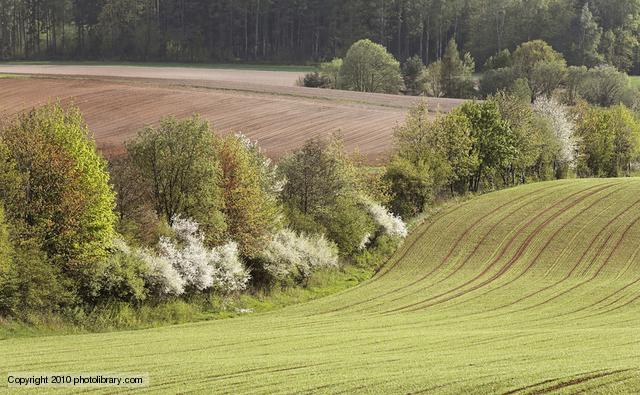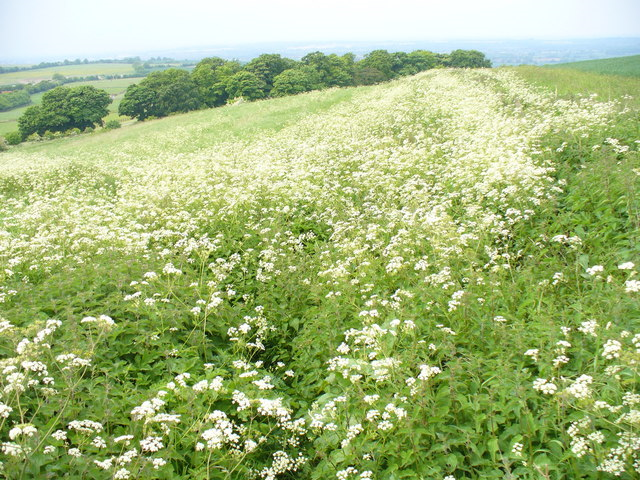- Hedgegrows
- Bocage
- Windbreak barriers
Buffer strips and hedges are natural or semi-natural vegetated features integrated into agricultural and semi-urban landscapes to enhance ecological and hydrological functions.
Buffer strips are areas of natural vegetation cover (grass, bushes or trees) at the margin of fields, arable land, transport infrastructures and water courses. They can feature various combinations of vegetation, from simple grass to mixtures of grass, trees, and shrubs. Due to their permanent vegetation, buffer strips offer good conditions for effective water infiltration and slowing surface flow, enhancing natural water retention, but also good conditions for biodiversity. Buffer strips also contribute to biodiversity by providing habitat and ecological corridors for flora and fauna. They can also significantly reduce the amount of suspended solids, nitrates and phosphates originating from agricultural or other bare soil run-off. Buffer strips can be situated in riparian zones, or away from water bodies as field margins, headlands or within fields (e.g. beetle banks).
Vegetated riparian buffers are a specific type of buffer strip located directly alongside surface water bodies such as streams or ponds. These strips of trees, bushes, and grasses are designed to filter out nutrients and sediments from adjacent agricultural land, moderate water flow, and maintain undisturbed green corridors. Where natural riparian vegetation is absent, these buffers can be established through planting, with variable widths (typically averaging 15 meters) to optimize ecological and hydrological benefits.
In some landscapes, vegetation is also introduced within non-permanent or ephemeral riverbeds to stabilize sediments, reduce flow velocity, and enhance infiltration. While functionally similar to riparian buffers, these measures are implemented within the river channel itself and require distinct design and management approaches.
For the purpose of this catalogue, Forest riparian buffer is considered a separate sponge measure due to its different design, implementation and management criteria.
Hedgerows, by contrast, are linear features composed primarily of shrubs and/or trees, often planted as field boundaries. While they share many hydrological benefits with buffer strips—such as intercepting runoff and reducing erosion, especially on slopes—they are typically denser, more structured, and may serve additional roles such as windbreaks, livestock barriers, and cultural landscape elements. Hedgerows also offer high biodiversity value, providing food, shelter and breeding sites for a range of species typically dependent on woodland edge, scrub or grassland habitats.
Hedgerows and buffer strips are highly effective sponge measures in agricultural landscapes. They improve hydrological functions by enhancing soil properties and controlling runoff. These measures increase infiltration, reduce erosion, and provide resilience against heavy rainfall and drought. Strategic placement, sediment management, and adaptive practices are essential for their long-term effectiveness.
 |  |